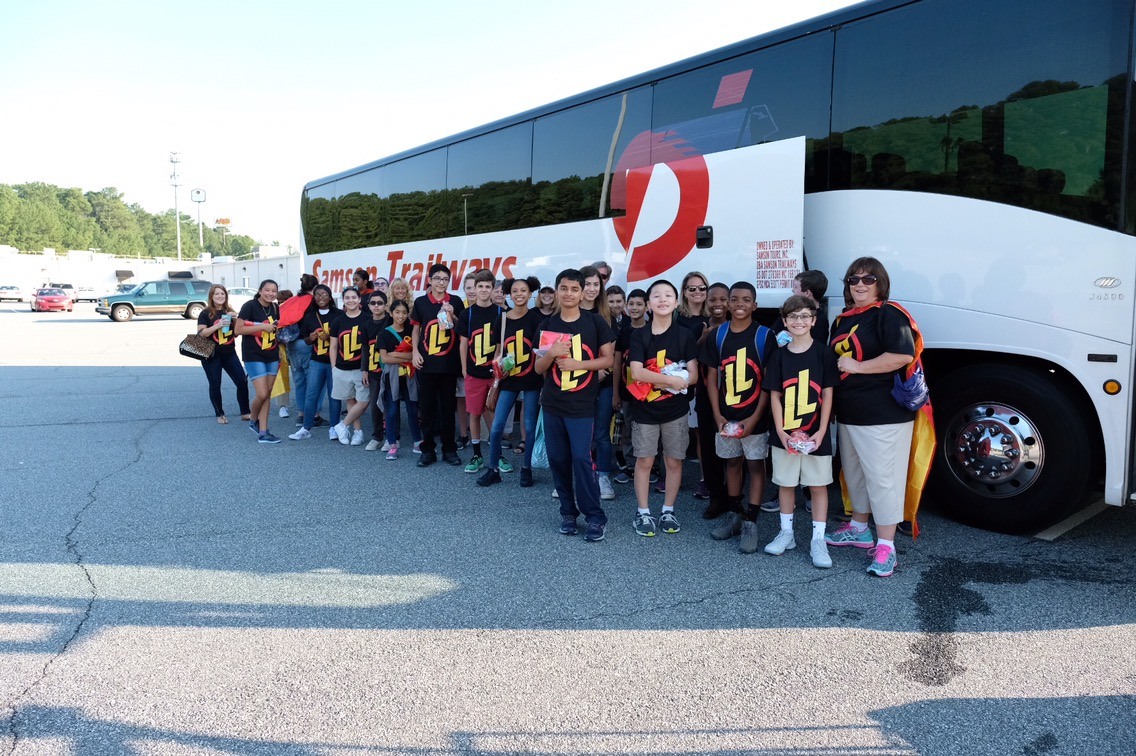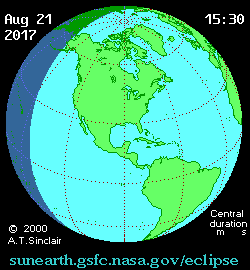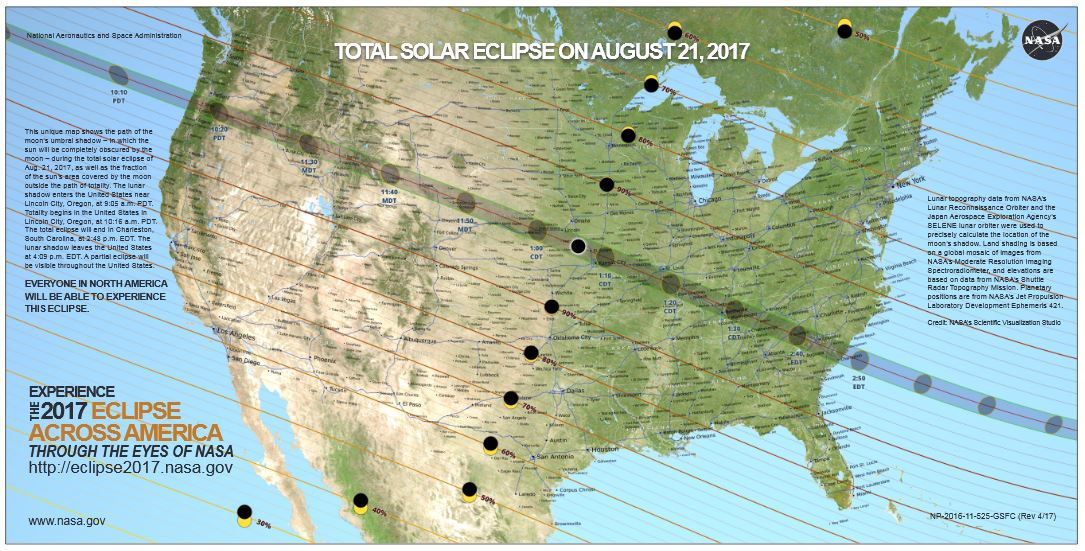Live Blogging the Solar Eclipse
As noted here two weeks ago, Legends of Learning will be in Clemson, SC with Cobb County students to watch the total solar eclipse.
We will share photos and updates on Twitter and here via our live blog. Please let us know if you will be watching the solar eclipse. We will share your content, too! And if you are still looking for lesson plan content, visit our solar eclipse page.
4:04 p.m.
We’re editing our photos on the way back from the eclipse. Here is our totality shot, and a close partial eclipse shot.
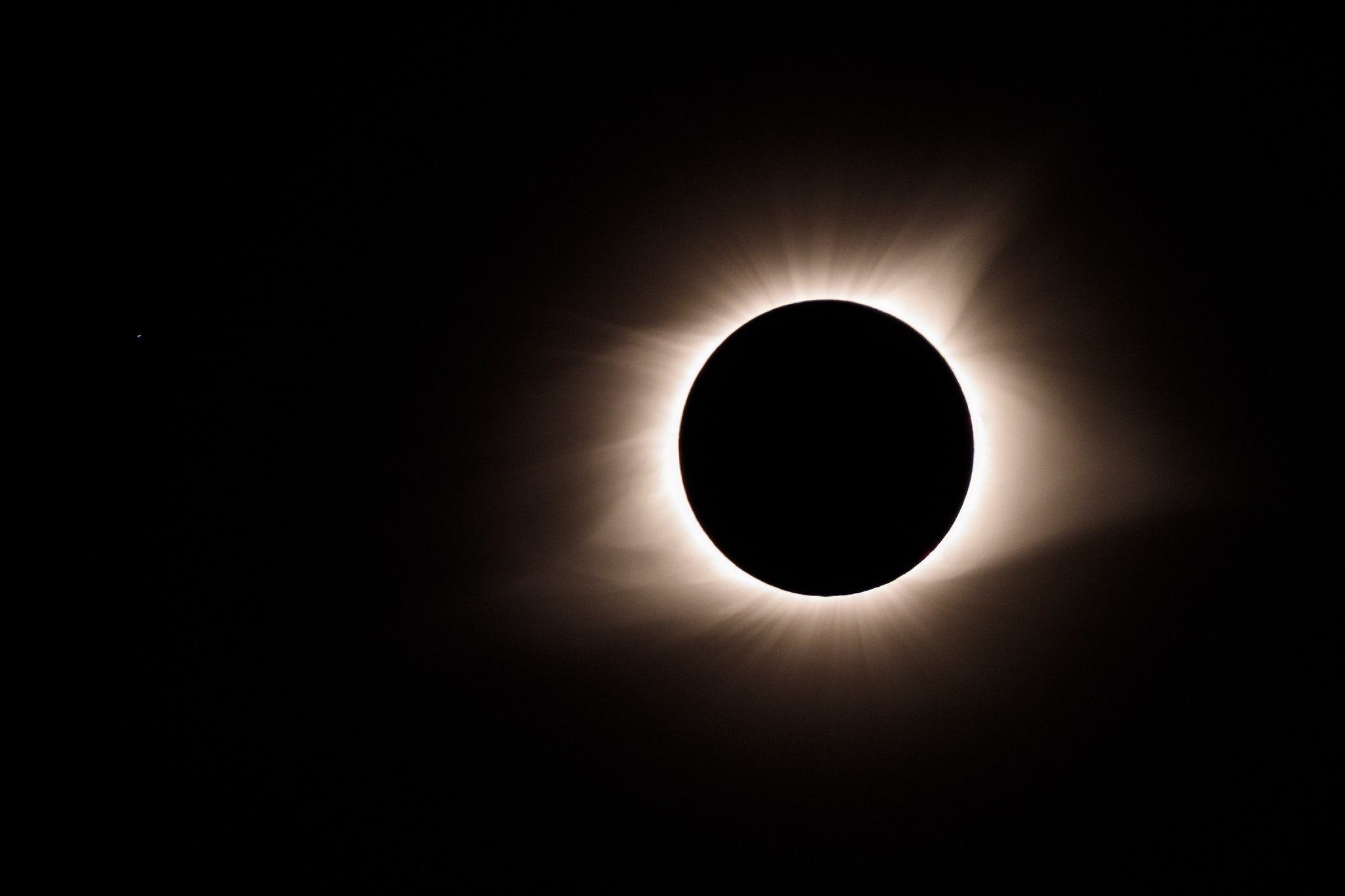
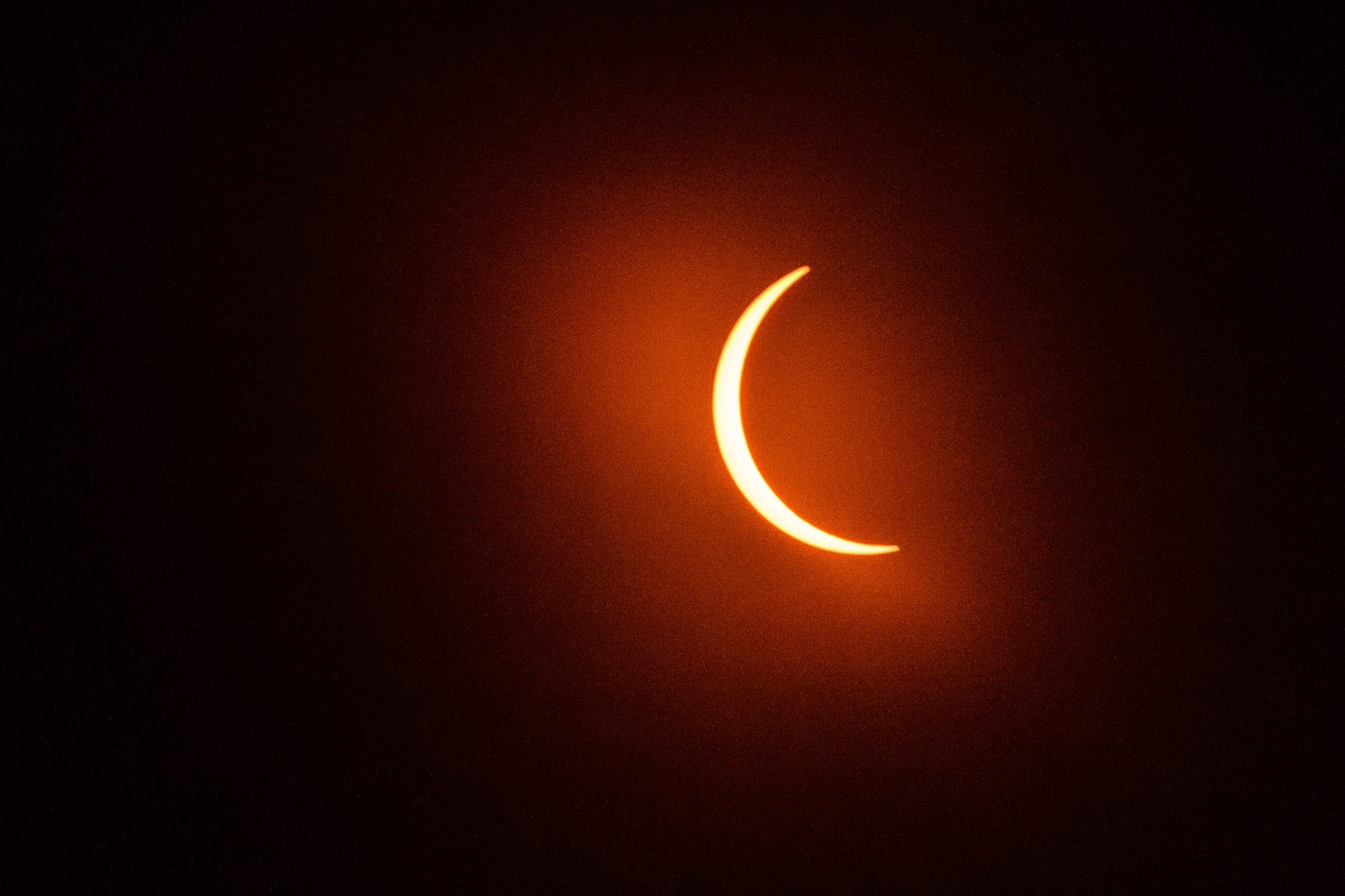
Checking out the crescent sun
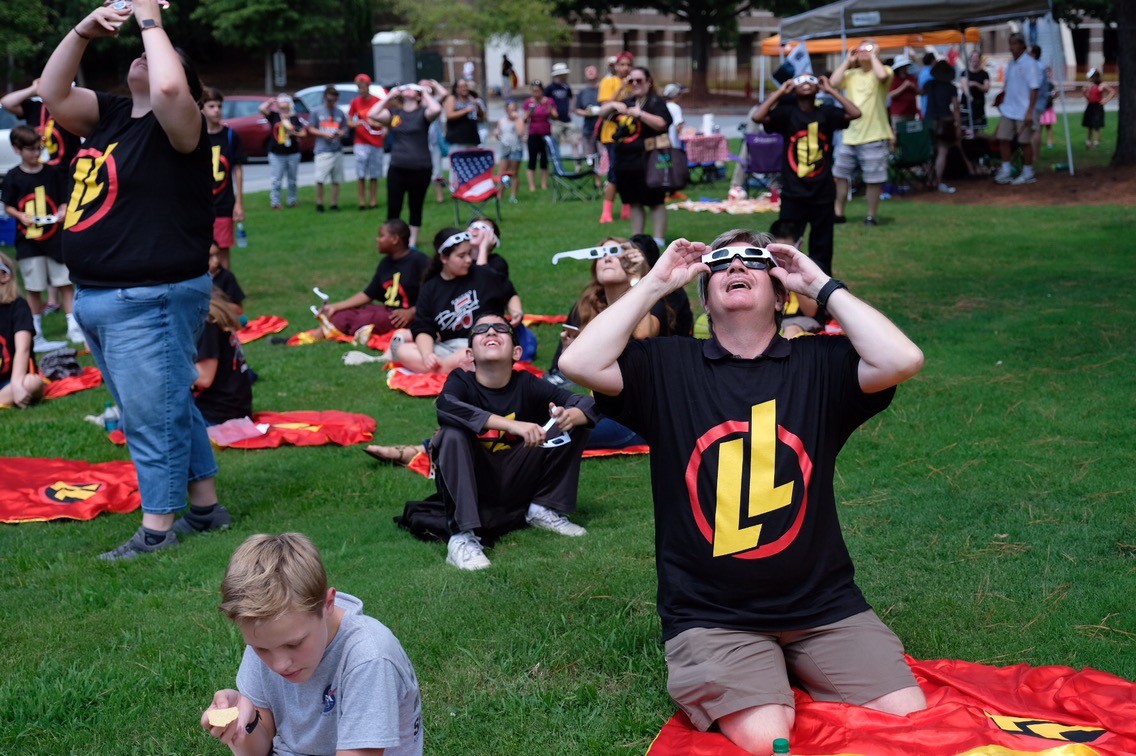
We have arrived and it’s lunch time!
12:45 PM – Georgia/South Carolina border
As we cross over into South Carolina, students are getting geared up with games from the LoL Eclipses and Seasons learning objective!
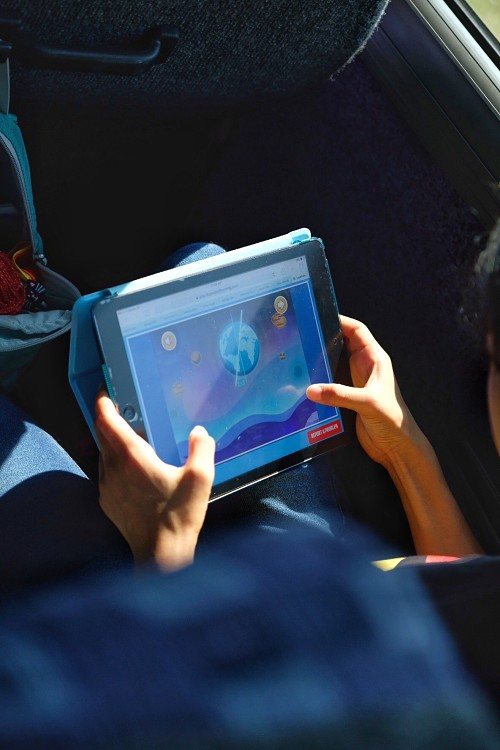
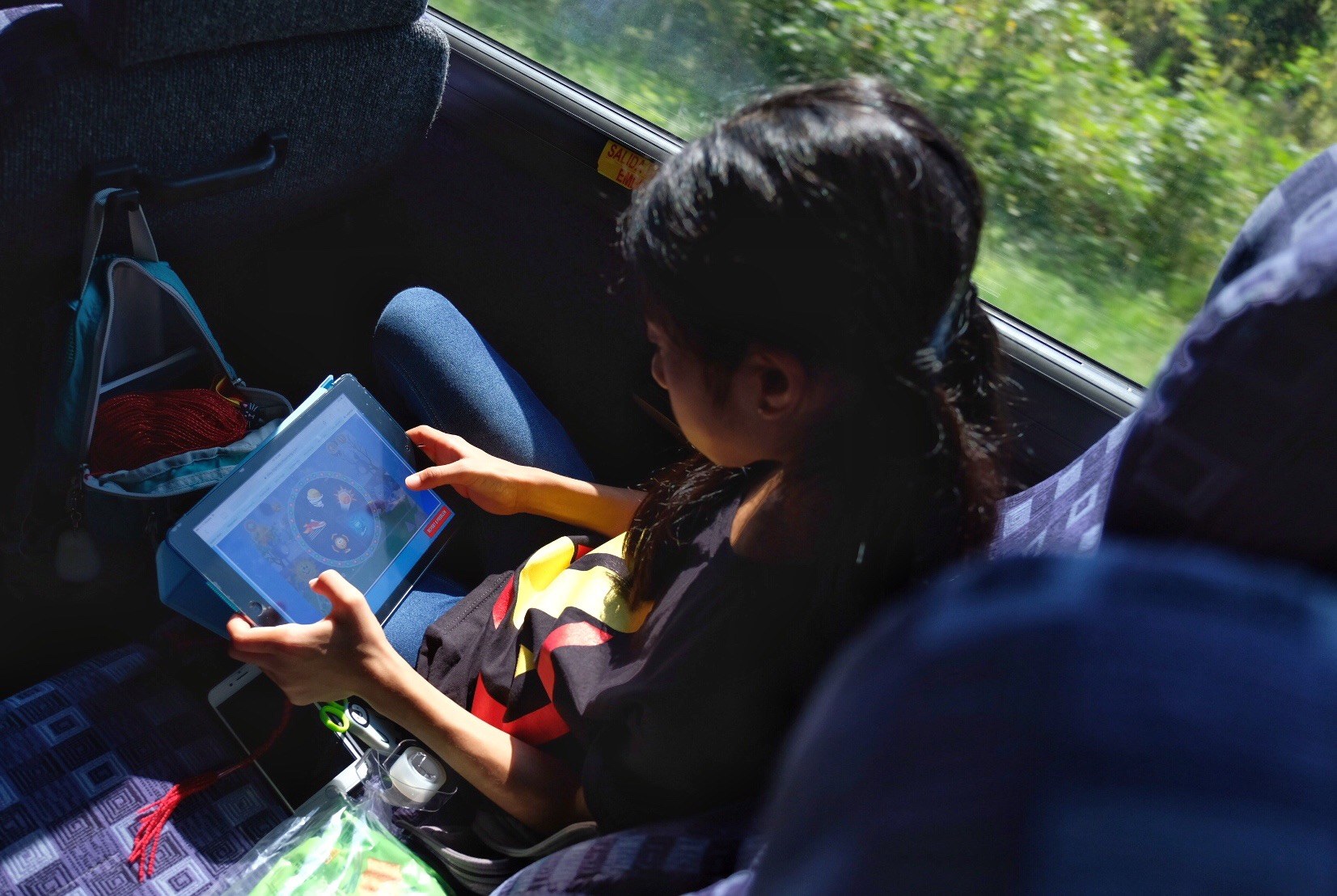
Our bus buddies, Diane and Kristen, swagged out in their LoL gear
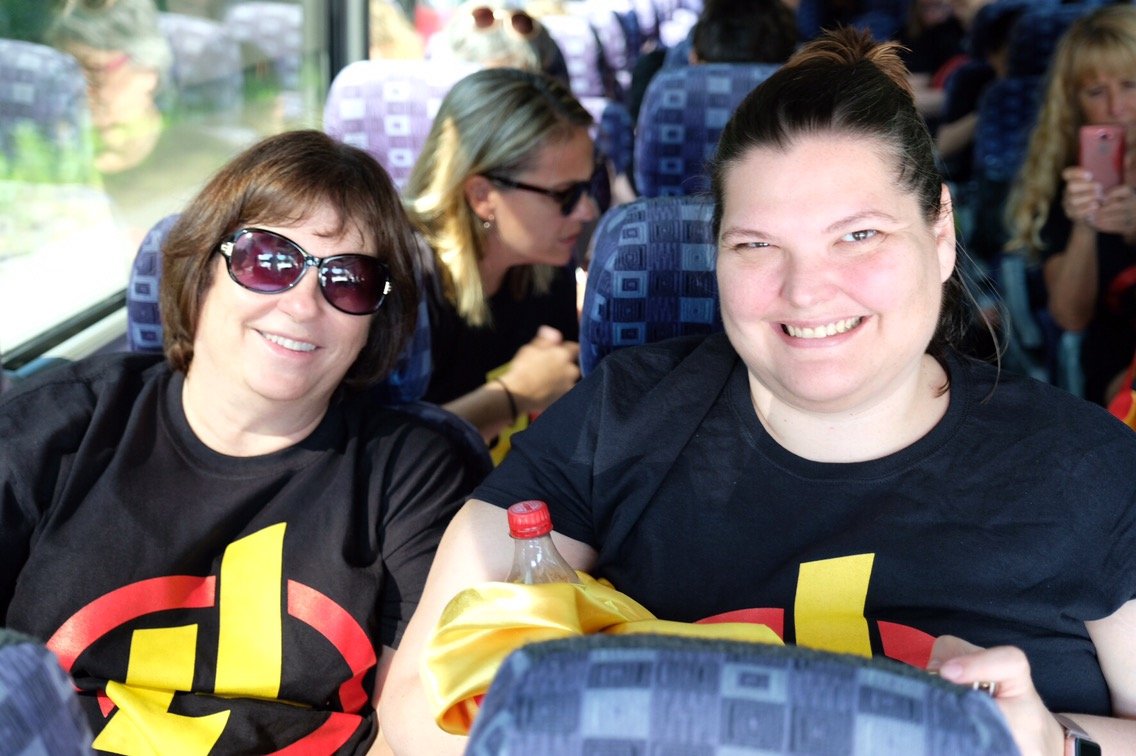
Our Cobb County crew is ready to head to Clemson!
